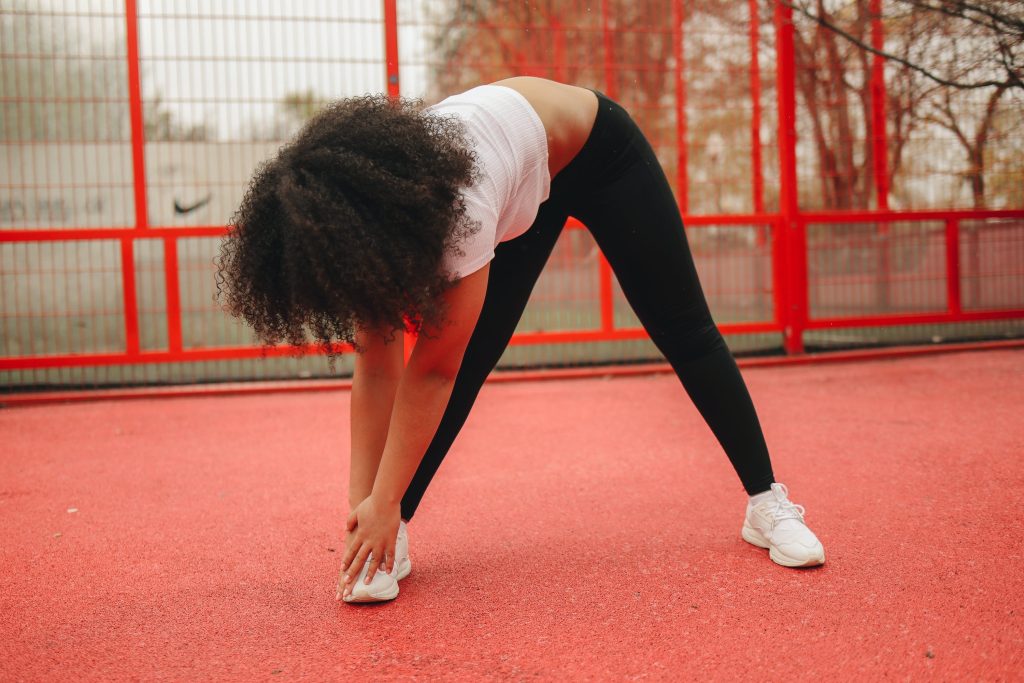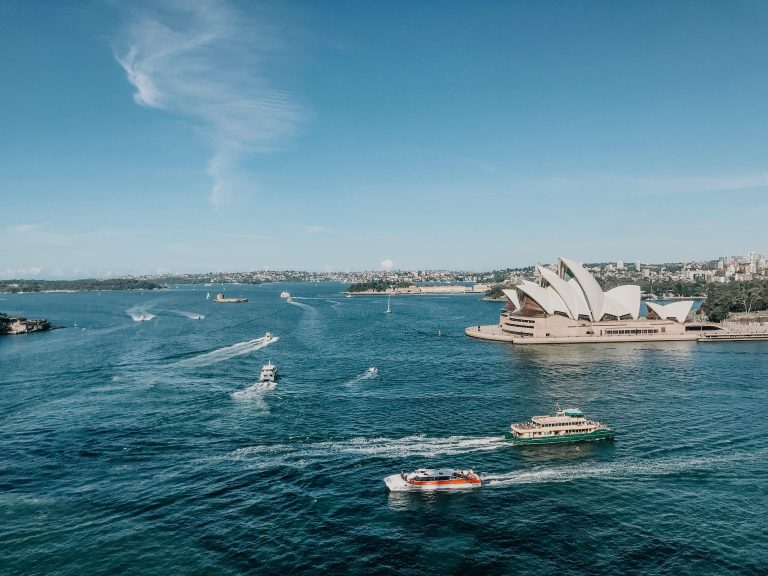What is Active Recreation? Embracing a Healthier Lifestyle
Introduction: What is Active Recreation
Active recreation, often referred to as physical activity, is a fundamental aspect of a healthy lifestyle. It encompasses a wide range of activities that engage the body and mind, contributing to overall well-being. In this article, we’ll explore the definition of active recreation, its various types, and the numerous benefits it offers for people of all ages.

Types of Active Recreation
Outdoor Activities
Active recreation knows no bounds when it comes to the great outdoors. From invigorating hikes in nature to the thrill of cycling through scenic routes, outdoor activities provide a refreshing break from sedentary routines.
Indoor Activities
Not all active recreation needs expansive landscapes. Indoor activities, such as dance classes or home workouts, offer convenient alternatives, ensuring that physical activity remains accessible regardless of external factors.
Benefits of Active Recreation
Physical Health
The positive impact of active recreation on physical health cannot be overstated. Regular engagement in activities like jogging, swimming, or team sports contributes to cardiovascular health, muscle strength, and weight management.
Mental Well-being
Beyond the physical realm, active recreation plays a crucial role in mental well-being. Physical activity releases endorphins, promoting a sense of happiness and reducing stress and anxiety.
Active Recreation for All Ages
Children and Play
For children, active recreation is synonymous with play. Whether it’s running around the playground or engaging in organized sports, these activities contribute to their physical development and social skills.
Adults and Fitness
Adults benefit from active recreation by incorporating fitness routines into their daily lives. From gym workouts to yoga sessions, maintaining an active lifestyle is key to long-term health.
Incorporating Active Recreation into Daily Routine
Tips for Busy Schedules
Even with hectic schedules, there are practical ways to infuse active recreation into daily routines. Simple habits like taking the stairs or opting for a brisk walk during breaks can make a significant difference.
Creating a Balanced Routine
Achieving a balanced routine involves combining active recreation with other essential elements, including proper nutrition and sufficient rest. Striking this balance ensures holistic well-being.

Popular Active Recreation Activities
Cycling
Cycling is not only an eco-friendly mode of transportation but also a fantastic way to stay active. Whether cycling through city streets or exploring nature trails, it offers a versatile and enjoyable workout.
Hiking
Hiking provides a dual benefit of physical activity and connection with nature. It’s a rejuvenating experience that can be tailored to different fitness levels, making it accessible to a wide audience.
Dancing
Dancing is not just a form of self-expression; it’s also a fantastic way to stay active. Whether through dance classes or spontaneous dance parties, it combines fitness with fun.
Active Recreation and Social Interaction
Group Sports
Engaging in group sports fosters social interaction while promoting physical health. Whether it’s a casual game of soccer or more organized activities, the camaraderie enhances the overall experience.
Fitness Classes
Attending fitness classes introduces an element of community while pursuing personal health goals. Classes ranging from yoga to high-intensity interval training cater to diverse preferences.
Active Recreation and Stress Reduction
Connection Between Physical Activity and Stress
Scientifically proven, the connection between physical activity and stress reduction is substantial. Active recreation serves as a powerful antidote to the pressures of daily life.
Relaxing Active Recreation Options
Not all active recreation needs to be high-intensity. Engaging in calming activities like tai chi or nature walks provides a tranquil yet active approach to stress management.
The Role of Technology in Active Recreation
Fitness Apps and Gadgets
In the digital age, technology complements active recreation. Fitness apps and gadgets provide personalized insights, making it easier for individuals to track their progress and stay motivated.
Virtual Classes
Virtual classes bring active recreation directly to homes. Whether it’s joining an online workout session or participating in virtual races, technology removes barriers to engagement.
Active Recreation and Community Engagement
Local Events
Communities often organize events that promote active recreation. Participating in local walks, runs, or sports tournaments not only benefits individual health but also strengthens community bonds.
Volunteer Opportunities
Active recreation can extend beyond personal well-being. Volunteering for events or programs related to physical activity allows individuals to contribute to community health initiatives.
Balancing Active Recreation and Rest
Importance of Rest Days
While active recreation is vital, so is allowing the body time to rest and recover. Incorporating designated rest days into a routine prevents burnout and reduces the risk of injuries.
Preventing Burnout
Balancing intensity and frequency is crucial to prevent burnout. Listening to the body’s signals and adjusting the level of activity accordingly ensures sustainable long-term engagement.
Overcoming Barriers to Active Recreation
Lack of Time
Time constraints are a common barrier, but even short bursts of activity can be beneficial. Finding pockets of time for quick workouts or activity breaks during the day adds up.
Overcoming Physical Limitations
Individuals with physical limitations can still engage in active recreation with modifications. Consultation with healthcare professionals and choosing activities tailored to specific abilities is key.
Personal Stories: Transformations Through Active Recreation
Real-life Experiences
Real-life stories often highlight the transformative power of active recreation. Individuals share how incorporating physical activity into their lives has positively impacted their health and overall well-being.
Testimonials
Testimonials from those who have experienced the benefits of active recreation firsthand provide inspiration and motivation for others to embark on their journey toward a healthier lifestyle.
Future Trends in Active Recreation
Sustainable Practices
The future of active recreation includes a focus on sustainable practices. Eco-friendly activities and events contribute to both individual health and the well-being of the planet.
Technological Advancements
As technology continues to advance, active recreation will benefit from innovations in virtual reality, personalized training programs, and interactive experiences, making it more accessible and engaging.
Conclusion
In conclusion, active recreation is not just a physical activity; it’s a lifestyle that enhances both physical and mental well-being. By embracing a variety of activities, individuals can create a sustainable and enjoyable routine that promotes health at all levels.




Leave a comment